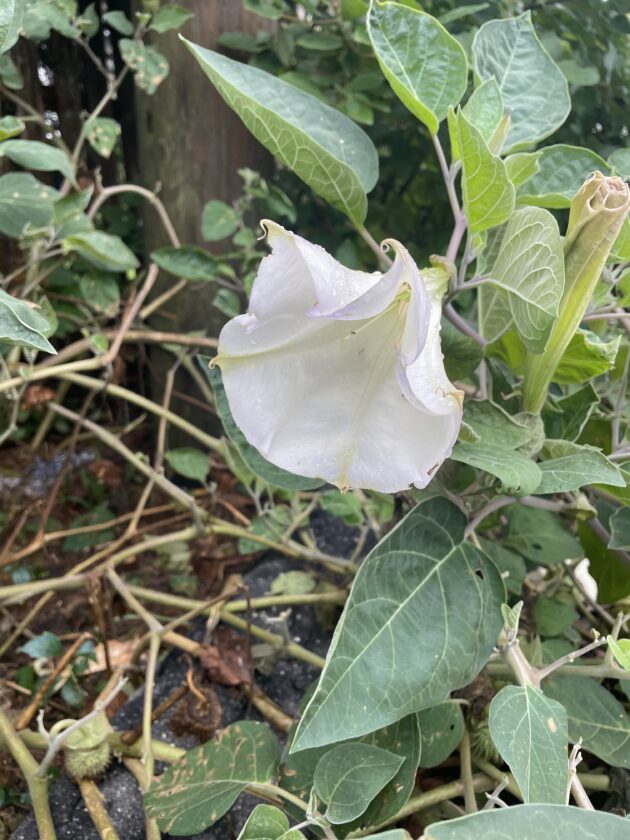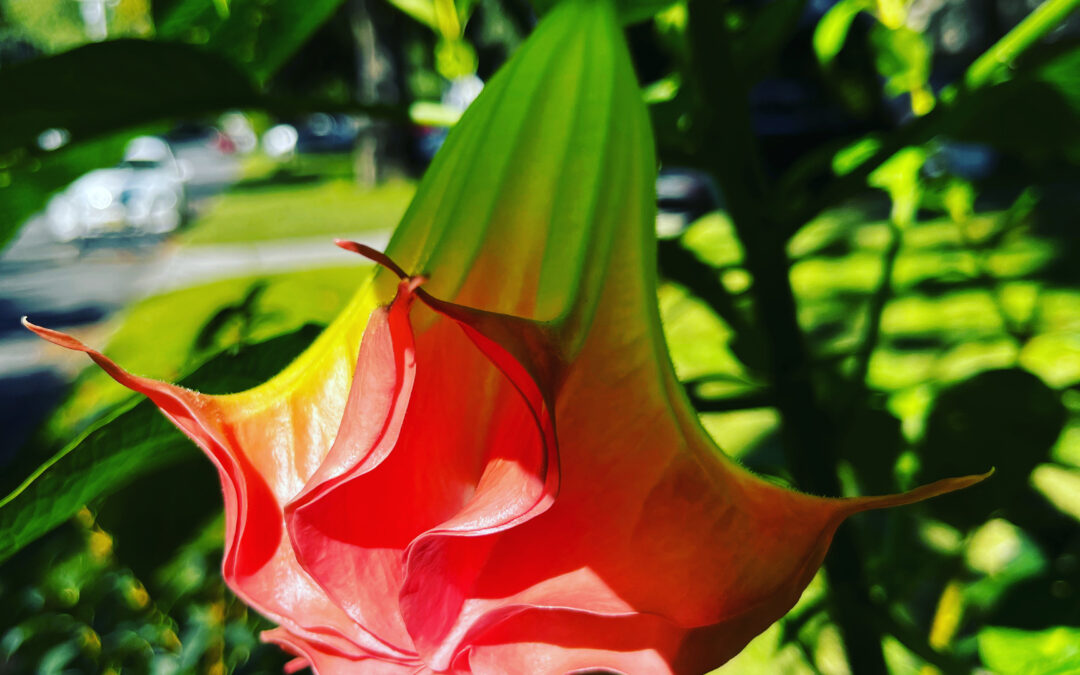While your spooky Halloween decorations may be meant to scare trick-or-treaters, did you know that the truly frightful danger could be lurking in your garden? We aren’t talking about ghosts and goblins. Hiding in plain sight, some of your most beautiful and treasured plants may be poisonous to you or your pets.
Since it is fall, let’s start with some of the bulbs you may be considering planting now for a colorful array of flowers next spring. Daffodils, tulips, hyacinths, and crocuses all have toxic properties that, when ingested, can cause symptoms ranging from nausea and vomiting to serious heart issues or organ damage. Though there are some accounts of eating tulip bulbs during times of famine, parts of the bulb were removed, then the bulbs were cooked, and even then were not without negative physical effects. Some people have a sensitivity from simply touching the bulbs, developing an irritating rash referred to as “tulip fingers.” Of course, this is not meant to dissuade you from planting bulbs this fall. Bulbs are among the easiest of flowers to grow. Just don’t mistake the bulbs for onions or eat any other parts of these spring-bloomers. Also, keep in mind that these bulbs are also toxic to our pets, so be alert if you have a dog or cat that likes to dig in the garden.

Now we move on to New Jersey natives such as azaleas, rhododendrons, and mountain laurel. Since we are considering shrubs, let us also throw in hydrangeas, which are not native plants, but are coastal favorites. Each of these native and non-native shrubs is toxic to humans and pets. All parts of mountain laurel are poisonous, including the flowers, leaves, seeds, roots, and sap. But they safely attract hummingbirds, butterflies, and other pollinators. Wander along the paths of Estell Manor Park at their peak season (typically May-June), and you will think you have been invited to nature’s wedding – just don’t dine at this event.
While evening gardens are magical and mysterious, many night-blooming plants are highly toxic. Datura, also known as Jimsonweed, thornapple, or devil’s trumpet, blooms in the evening with alluring trumpet flowers. However, all parts of this enticing plant are dangerous, even in small amounts. In addition to terrifying hallucinations or delirium, datura can cause respiratory failure, seizures, and in some cases, death. Brugmansia, also called angel’s trumpet, has intoxicatingly beautiful flowers that fill the evening garden with a heavenly scent. But, be warned, just like datura, this plant can cause severe poisoning or even death.
If you feel a little safer in the daylight, be wary of tropical lantana, which we grow as an annual in South Jersey. Their colorful, nectar-rich flowers attract pollinators such as hummingbirds, butterflies, and sphinx moths, but all parts of the plant are considered toxic, and can cause harmful effects to the liver and gallbladder. Lilies are poisonous for humans and pets, but are extremely dangerous to cats. Among other types of lilies, some of the most dangerous are tiger lilies, daylilies, Easter lilies, and stargazer lilies.
Now that you have been properly creeped out just in time for Halloween, don’t think that you must convert to a plastic or silk flower garden. Most of us don’t go around nibbling our flowers and plant leaves without first making sure they are edible. However, if you have small children or pets wandering around your garden, you should take extra caution. Also, be aware of cut flowers that you bring in from the garden or receive as gifts in bouquets. Curious cats have been known to take a bite from indoor plants or arrangements with dire results. Taking the extra step of precaution can help you breathe a sigh of relief. And now those ghosts and goblins don’t sound so scary after all.
Tammy Thornton lives with her husband, children, and crazy pets while enjoying a life of gardening, cooking, and going to the beach.

















